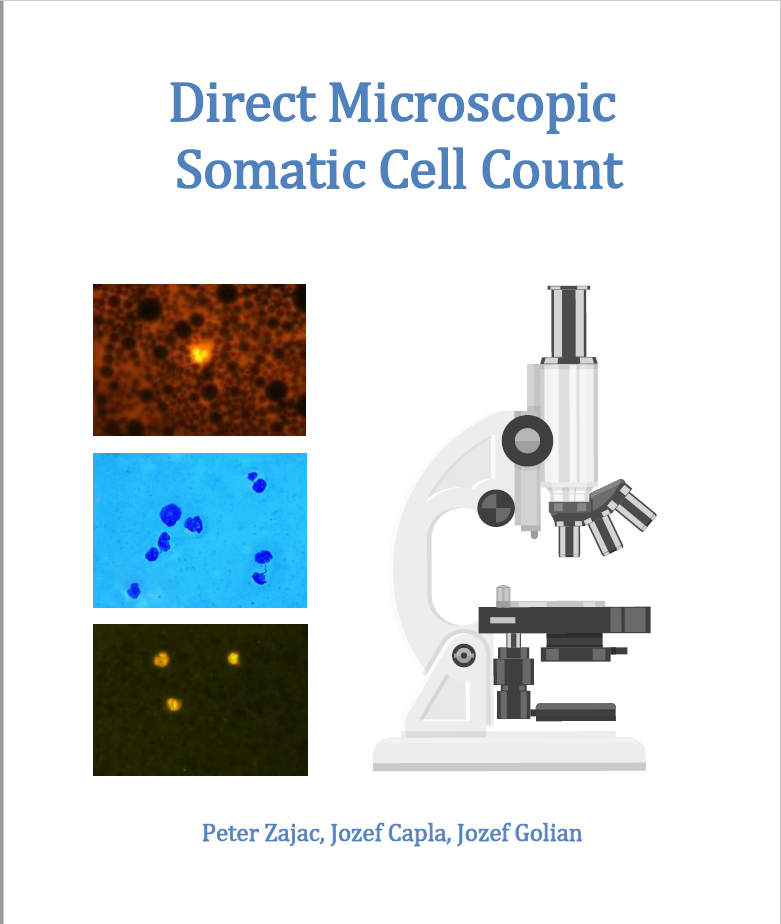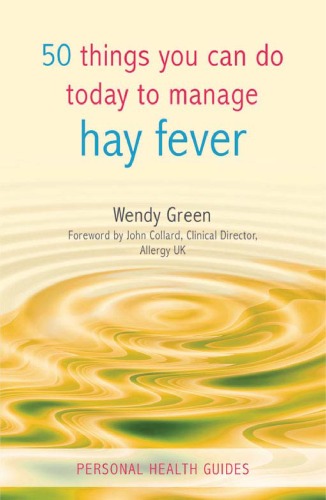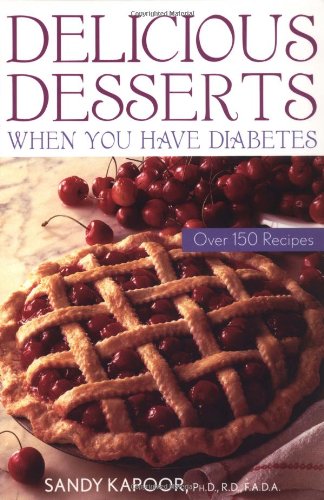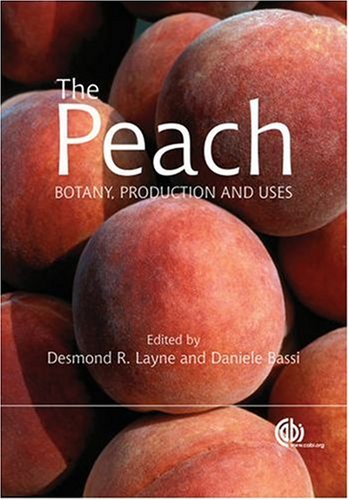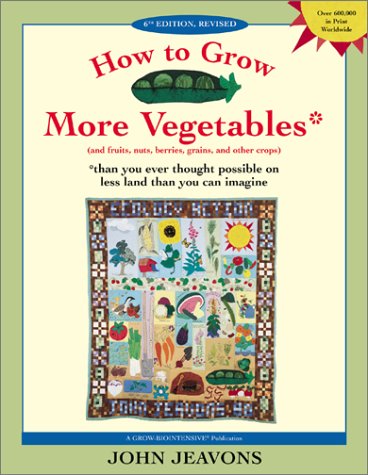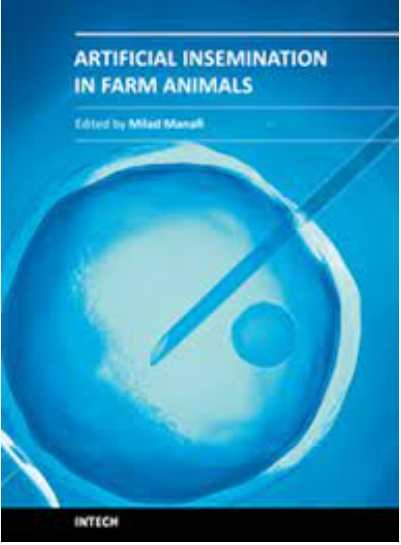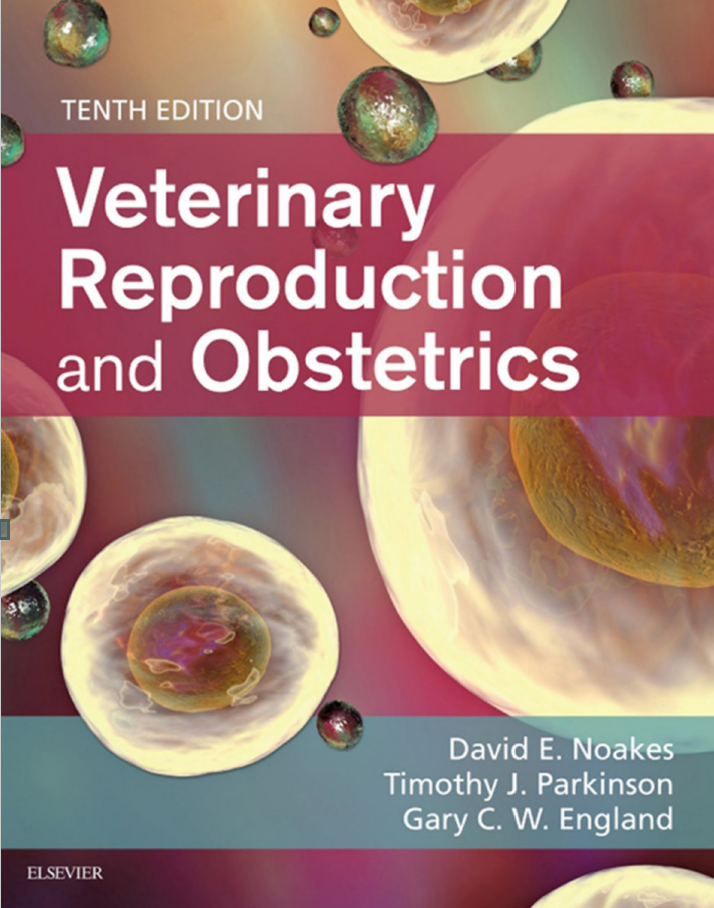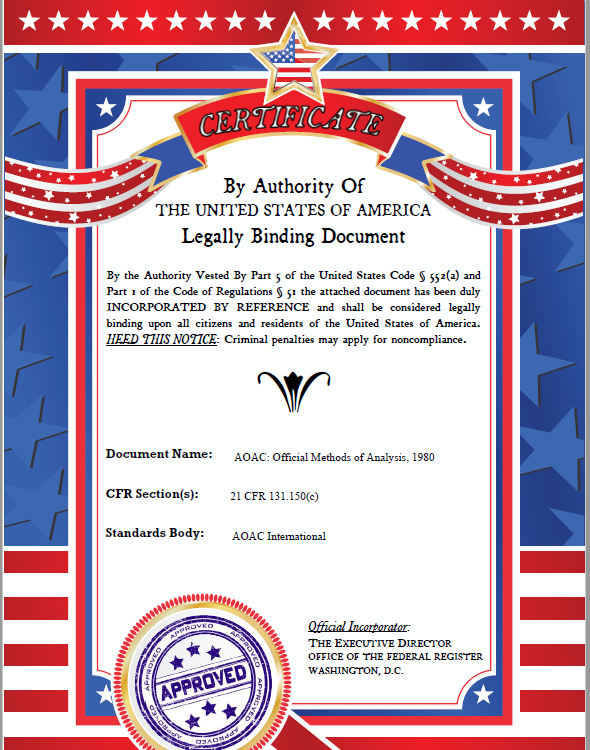Worldwide, mastitis is still one of the most important diseases in the dairy sector (Hogeveen, 2005).
Mastitis is an inflammatory disease of the mammary gland (Pyörälä, 2003) caused mainly by pathogenic microorganisms (Vasil et al., 2012; Cervinkova et al., 2013; Alekish 2015).
We can expect a significant relationship between the bulk tank milk somatic cell counts (SCC) and the number of mastitis pathogen microorganisms in raw cows' milk (Rysanek et al., 2007).
Somatic cells are an important component naturally present in milk (Li et al., 2014). Determination of somatic cells (SC) in raw cows' milk can be used to diagnose the mammary gland health and of the prevalence of clinical and subclinical mastitis in dairy herds (Idriss et al., 2013).
Milk SCC is not a public health concern itself but it is an indicator of the general state of udder health in a dairy sheep flock and can be used as an indication of hygienic milk and to improve safety of dairy products (Spanu, 2010).
Somatic cell counts in milk provide an indication of the inflammatory response in the mammary gland and hence a proxy for measuring inframammary infection and milk quality at quarter, cow, herd, and population levels (Schukken et al., 2003).
The optimal SCC cut off point to distinguish between infected and uninfected at the individual cow level has been established at 200,000 SC.ml-1 (IDF, 2013).
Regular SCC testing and associated udder health monitoring programs have a substantial positive influence on single animals as well as the entire herd (Barkema et al., 1998).
The milk SCC is a key component of European Union regulation for milk hygiene. Food business operators must initiate procedures to ensure that raw cow’s milk meets the limit: ≤400,000 SC.ml-1 calculated as a rolling geometric average over a three-month period, with at least one sample per month (Commission regulation EC No 1662/2006). An accurate result of SCC should be obtained only using laboratory diagnostic methods.
The NDHIA (National Dairy Herd Improvement Association) in USA considers SCC normal when it is <100,000 SC.ml-1 (NDHIA, 2014). According to the FDA, the maximum legal somatic cell count for grade A milk of an individual producer outlined by PMO (FDA
Pasteurized Milk Ordinance) is 750,000 SC.ml-1 for cows, water buffaloes and sheep. The limit for goat milk is 1,000,000 SC.ml-1 (FDA, 2015).
There is no legislation limit on somatic cells count in sheep, goat, water buffalo and camel milk in European Union (Commission regulation EC No 1662/2006).
Due to the high variability of Somatic Cell Counts (SCC) in goat milk even in healthy animals, SCC cannot be relied on neither as a specific indicator for TSE nor as an indicator of udder health (EFSA, 2005).
According to Commission Regulation (EC) No. 1664/2006 of 6th of November 2006, the standard ISO 13366-1 must be applied as reference method when determination of somatic cells in raw caw milk is performed for checking the criteria laid down in the Commission Regulation (EC) No. 1662/2006. The use of alternative analytical methods is acceptable for the somatic cell count, when the methods are validated against the reference method mentioned in point in accordance with the protocol set out in ISO 8196 and when operated in accordance with ISO standard 13366-2 or other similar internationally accepted protocols.
In the common laboratory practice, an instrumental fluoro-opto-electronic method based on the flow cytometry is used for routine SCC determination. This method has to be periodically checked with the reference and calibration samples prepared with the reference method (Zajac et al., 2012).
At the present time, the reference method is an international standard ISO 13366-1 (2008) Microscopic method. This reference method has two possible procedures for SC staining. A methylene blue or an ethidium bromide (EtBr) can be used as the staining agents. The fluorescence microscopy method is based on EtBr staining of somatic cells.
In 2013, 45 reference laboratories participated in the European Union Reference Laboratory for Milk and Milk Products interlaboratory proficiency testing trial for SCC in raw cow’s milk by EN ISO 13366-1 (2008). The reference method, based on methylene blue staining, was used by 43 of these laboratories. Only two laboratories used EtBr during the staining (ANSES, 2013).
The previous version of ISO 13366-1 (1997) contained different procedures of EtBr staining using a modified Newman-Lampert stain solution. Staining of cells was performed by dipping the microscopic slide with a fixed smear to the staining solution containing EtBr. The new version of the ISO 13366-1 (2008) staining procedure is based on mixing the staining solution with milk in the reagent tube at temperature 50 °C.
Practical experiences with the fluorescence microscopic method, based on SC nuclei staining with EtBr in milk, are not adequately described in the scientific literature and most of the European Union national reference laboratories for milk and milk products are still using the method based on the methylene blue staining with Newman-Lampert stain solution. In this work, we described our practical experience with the SC nuclei staining with EtBr and the fluorescence microscopy technique.
One of the aims of this book was to summarize all available materials on a direct microscopic somatic cell counting method published internationally. We hope this book will provide you with enough theoretical information and practical experience to handle this interesting laboratory method and apply it without any difficulty in your laboratory.
چکیده فارسی
در سرتاسر جهان، ورم پستان هنوز یکی از مهم ترین بیماری ها در بخش لبنیات است (Hogeveen, 2005).
ورم پستان یک بیماری التهابی غده پستانی است (Pyörälä, 2003) که عمدتاً توسط میکروارگانیسم های بیماری زا ایجاد می شود (Vasil et al., 2012; Cervinkova et al., 2013; Alekish 2015).
ما میتوانیم انتظار داشته باشیم که بین تعداد سلولهای سوماتیک مخزن شیر (SCC) و تعداد میکروارگانیسمهای بیماریزای ورم پستان در شیر خام گاو وجود داشته باشد (Rysanek et al., 2007).
سلول های سوماتیک جزء مهمی هستند که به طور طبیعی در شیر وجود دارند (لی و همکاران، 2014). تعیین سلول های سوماتیک (SC) در شیر خام گاو می تواند برای تشخیص سلامت غدد پستانی و شیوع ورم پستان بالینی و تحت بالینی در گله های شیری مورد استفاده قرار گیرد (ادریس و همکاران، 2013).
SCC شیر به خودی خود یک نگرانی برای سلامت عمومی نیست، اما نشانگر وضعیت عمومی سلامت پستان در گله گوسفند شیری است و می تواند به عنوان نشانه ای از شیر بهداشتی و برای بهبود ایمنی محصولات لبنی استفاده شود (اسپانو، 2010). br /> شمارش سلولهای سوماتیک در شیر نشاندهنده پاسخ التهابی در غده پستانی است و از این رو یک نماینده برای اندازهگیری عفونت زیر پستانی و کیفیت شیر در سطح چهارم، گاو، گله و جمعیت است (Schukken et al., 2003).
نقطه برش SCC بهینه برای تمایز بین آلوده و غیر آلوده در سطح گاو فردی در 200000 SC.ml-1 ایجاد شده است (IDF, 2013).
آزمایش منظم SCC و برنامه های نظارت بر سلامت پستان تأثیر مثبت قابل توجهی بر روی حیوانات تک و همچنین کل گله دارد (Barkema et al., 1998).
شیر SCC جزء کلیدی مقررات اتحادیه اروپا برای بهداشت شیر است. فعالان کسب و کار مواد غذایی باید رویههایی را برای اطمینان از رعایت حد مجاز شیر گاو خام آغاز کنند: ≤400000 SC.ml-1 که بهعنوان میانگین هندسی چرخشی در یک دوره سه ماهه، با حداقل یک نمونه در ماه محاسبه میشود (مقررات کمیسیون EC No 1662/ 2006). نتیجه دقیق SCC فقط باید با استفاده از روش های تشخیص آزمایشگاهی بدست آید.
NDHIA (انجمن ملی بهبود گله شیری) در ایالات متحده، SCC را زمانی طبیعی می داند که کمتر از 100000 SC.ml-1 باشد (NDHIA، 2014). طبق FDA، حداکثر تعداد قانونی سلول های سوماتیک برای شیر درجه A یک تولیدکننده فردی که توسط PMO (FDA
) مشخص شده است. Ordinance Milk Pasteurized) 750000 SC.ml-1 برای گاوها، گاومیش های آبی و گوسفند است. حد مجاز شیر بز 1,000,000 SC.ml-1 است (FDA, 2015).
هیچ محدودیت قانونی در مورد تعداد سلول های سوماتیک در گوسفند، بز، گاومیش آبی و شیر شتر در اتحادیه اروپا وجود ندارد (مقررات کمیسیون EC No 1662/2006).
با توجه به تنوع بالای تعداد سلول های سوماتیک (SCC) در شیر بز حتی در حیوانات سالم، SCC را نمی توان نه به عنوان یک شاخص خاص برای TSE و نه به عنوان شاخص سلامت پستان (EFSA, 2005) استناد کرد.
طبق مقررات کمیسیون (EC) شماره 1664/2006 در تاریخ 6 نوامبر 2006، استاندارد ISO 13366-1 باید به عنوان روش مرجع در هنگام تعیین سلول های سوماتیک در شیر خام گاو برای بررسی معیارهای تعیین شده در کمیسیون اعمال شود. مقررات (EC) شماره 1662/2006. استفاده از روشهای تحلیلی جایگزین برای شمارش سلولهای سوماتیک زمانی قابل قبول است که روشها بر اساس روش مرجع ذکر شده در نقطه مطابق با پروتکل تعیینشده در ISO 8196 و زمانی که مطابق با استاندارد ISO 13366-2 یا سایر موارد مشابه کار میکنند، تأیید شوند. پروتکل های پذیرفته شده بین المللی.
در عمل آزمایشگاهی رایج، یک روش فلوئورو-اپتو-الکترونیک ابزاری مبتنی بر فلوسیتومتری برای تعیین معمول SCC استفاده میشود. این روش باید به صورت دوره ای با نمونه های مرجع و کالیبراسیون تهیه شده با روش مرجع بررسی شود (Zajac et al., 2012).
در حال حاضر، روش مرجع یک روش میکروسکوپی استاندارد بین المللی ISO 13366-1 (2008) است. این روش مرجع دو روش ممکن برای رنگ آمیزی SC دارد. میتوان از متیلن بلو یا اتیدیوم بروماید (EtBr) به عنوان رنگکننده استفاده کرد. روش میکروسکوپ فلورسانس بر اساس رنگ آمیزی EtBr سلول های سوماتیک است.
در سال 2013، 45 آزمایشگاه مرجع در آزمایش بین آزمایشگاهی آزمون مهارت بین آزمایشگاهی آزمایشگاه مرجع اتحادیه اروپا برای شیر و فرآورده های شیر برای SCC در شیر خام گاو توسط EN ISO 13366-1 (2008) شرکت کردند. روش مرجع، بر اساس رنگ آمیزی متیلن بلو، توسط 43 آزمایشگاه از این آزمایشگاه ها استفاده شد. تنها دو آزمایشگاه از EtBr در طول رنگآمیزی استفاده کردند (ANSES، 2013).
نسخه قبلی ISO 13366-1 (1997) شامل روش های مختلف رنگ آمیزی EtBr با استفاده از محلول رنگ آمیزی نیومن-لامپرت اصلاح شده بود. رنگ آمیزی سلول ها با فرو بردن لام میکروسکوپی با یک اسمیر ثابت به محلول رنگ آمیزی حاوی EtBr انجام شد. نسخه جدید روش رنگآمیزی ISO 13366-1 (2008) مبتنی بر مخلوط کردن محلول رنگآمیزی با شیر در لوله معرف در دمای 50 درجه سانتیگراد است.
تجربیات عملی با روش میکروسکوپی فلورسانس، بر اساس رنگآمیزی هستههای SC با EtBr در شیر، به اندازه کافی در ادبیات علمی توصیف نشده است و اکثر آزمایشگاههای مرجع ملی اتحادیه اروپا برای شیر و فرآوردههای شیر هنوز از روش مبتنی بر متیلن بلو استفاده میکنند. رنگ آمیزی با محلول لکه نیومن-لامپرت در این کار، ما تجربه عملی خود را با رنگآمیزی هستههای SC با EtBr و تکنیک میکروسکوپ فلورسانس توضیح دادیم.
یکی از اهداف این کتاب، خلاصه کردن تمام مواد موجود بر روی روش شمارش سلول های سوماتیک میکروسکوپی مستقیم منتشر شده در سطح بین المللی بود. امیدواریم این کتاب اطلاعات نظری و تجربیات عملی کافی را در اختیار شما قرار دهد تا بتوانید این روش جالب آزمایشگاهی را انجام دهید و آن را بدون هیچ مشکلی در آزمایشگاه خود به کار ببرید.
ادامه ...
بستن ...
